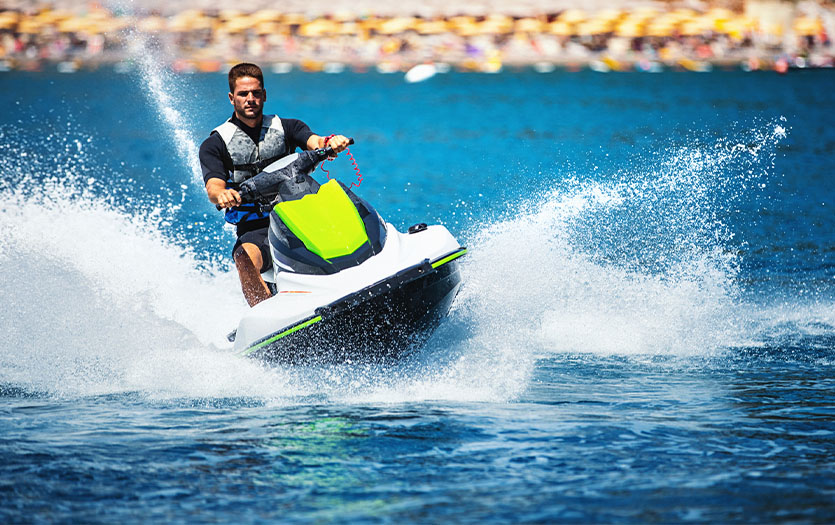
Wearing a seatbelt. Putting on sunscreen. Bringing an umbrella along “just in case”. These are actions we take every day to increase our safety and well-being. But, how often do we consider how the actions we take impact the likelihood we will be the target of a crime?
There are choices that all of us, but perhaps especially women, must consider every day: Where should I park? Which path should I take on this trail and at what time of day? Should I shorten my walk by cutting through this secluded area? These seemingly mundane decisions become important when we realize they may increase the risk of becoming a victim.
According to Parkview physical tactics instructors, Lieutenants Tony Knox and Greg Wajer, who teach a course on situational awareness, there are several things we can do to heighten our internal alerts and be more prepared.
What are common traits and behaviors that potential attackers look for in their targets?
Most criminals are looking for the perceived “softest” target. They want to find a person they think is the most vulnerable, who will be the easiest to intimidate/scare into cooperating with them. Victims who are easiest to target are walking alone, not paying attention to their surroundings (i.e. texting, looking lost, etc.)
Attackers are also looking at body language. They are looking for victims who may be walking with a slouch, looking somewhat passive and unsure of themselves. We teach people how to change these behaviors and give them tools to reduce the likelihood they are targeted in the first place.
What are some basic tips people can follow to decrease the likelihood that they will be targeted as a victim?
Pre-planning and preventative measures are key. There are a lot of easy things you can do to outsmart the “bad guy” and put the odds in your favor.
Be proactive by asking yourself questions like:
- Did I park in a well-lit area?
- Did I lock my vehicle?
- Are my valuables placed out of sight?
- Did I arrive/leave with friends or co-workers/fellow students?
- Is my cell phone charged?
- Am I walking through well- or poorly lit areas?
These are just a few of the things we teach participants to consider.
What is the No. 1 thing that a person should do if they find themselves targeted?
An ounce of prevention is worth a pound of cure, so have a plan and be aware of your surroundings prior to being a target. You should always let someone know your plans and stay in well-lit areas coming and going to your destination.
If you feel uncomfortable or are starting to feel targeted, listen to your gut and go to a well-lit area. When available, use your school or campus safety “blue lights”. Call a friend and have them meet you. When all else fails, yell, run, fight, call 9-1-1, but never agree to leave the scene with the suspect.



